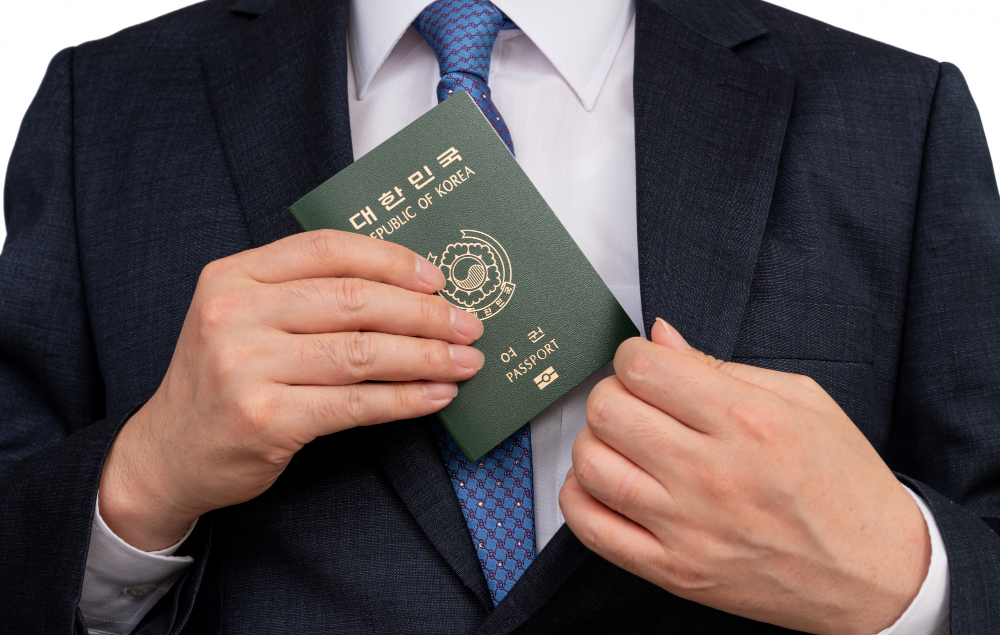5 Popular Korean Dishes Loved by Foreigners

Korean cuisine has gained worldwide popularity, and for many foreign visitors, trying different Korean dishes is one of the highlights of their trip.
With its rich flavors, unique seasonings, and diverse cooking methods, Korean food offers an exciting culinary experience for those unfamiliar with it.
So, what are some of the most beloved Korean dishes among foreigners?
Today, we will introduce five popular Korean foods that have captured the hearts of people around the world.
1. Bibimbap – A Nutritious and Flavorful One-Bowl Meal
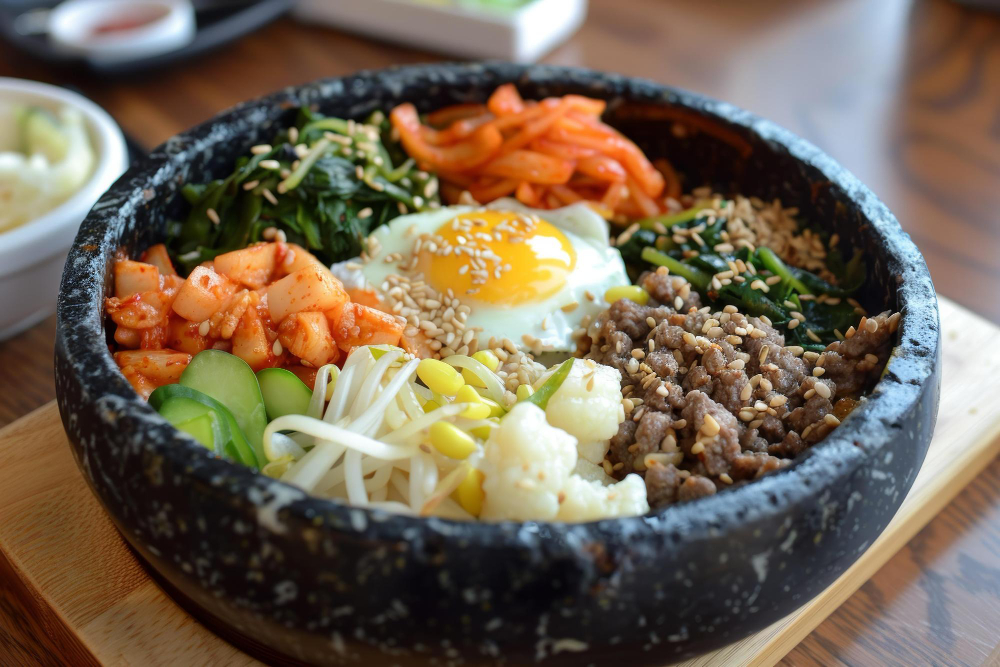
Bibimbap is one of Korea’s most iconic dishes, consisting of rice topped with a variety of vegetables, meat, egg, and gochujang (Korean red chili paste), all mixed together before eating.
Each ingredient retains its unique flavor while blending harmoniously, making bibimbap not only delicious but also a well-balanced and nutritious meal.
Foreigners are often drawn to the vibrant colors and fresh ingredients of bibimbap.
Additionally, since the level of spiciness can be adjusted, it is accessible to people with different tastes and spice tolerances.
There are also many regional variations of bibimbap, such as Jeonju Bibimbap and Jeju Dol-sot Bibimbap (hot stone bowl bibimbap), making it a dish that can be enjoyed in various ways.
2. Samgyeopsal – The King of Korean BBQ
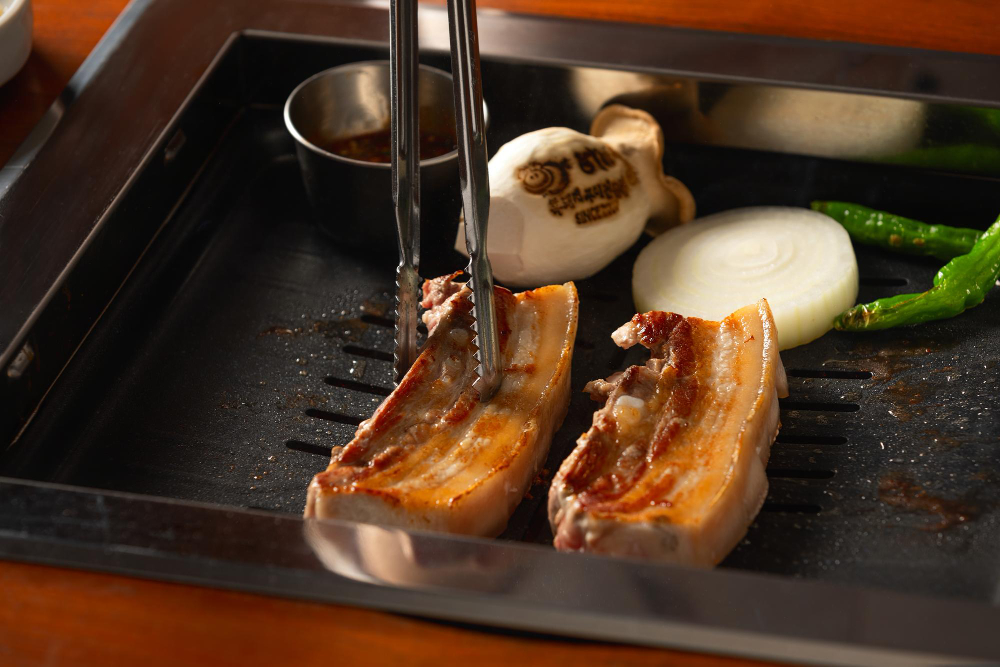
Samgyeopsal, or grilled pork belly, is one of the most popular Korean BBQ dishes among foreigners.
Thick slices of pork belly are grilled at the table, allowing diners to cook the meat themselves.
For many foreign visitors, the experience of grilling the meat and eating it fresh off the grill is just as exciting as the taste itself.
Samgyeopsal is not eaten alone—it is typically wrapped in fresh lettuce with garlic, ssamjang (savory dipping sauce), kimchi, and scallions, enhancing the depth of flavors.
The combination of smoky, juicy pork and fresh, flavorful condiments makes it a must-try dish.
Additionally, pairing samgyeopsal with soju (Korean distilled liquor) is a well-known dining culture in Korea that many foreigners find intriguing.
3. Tteokbokki – A Sweet and Spicy Street Food Delight
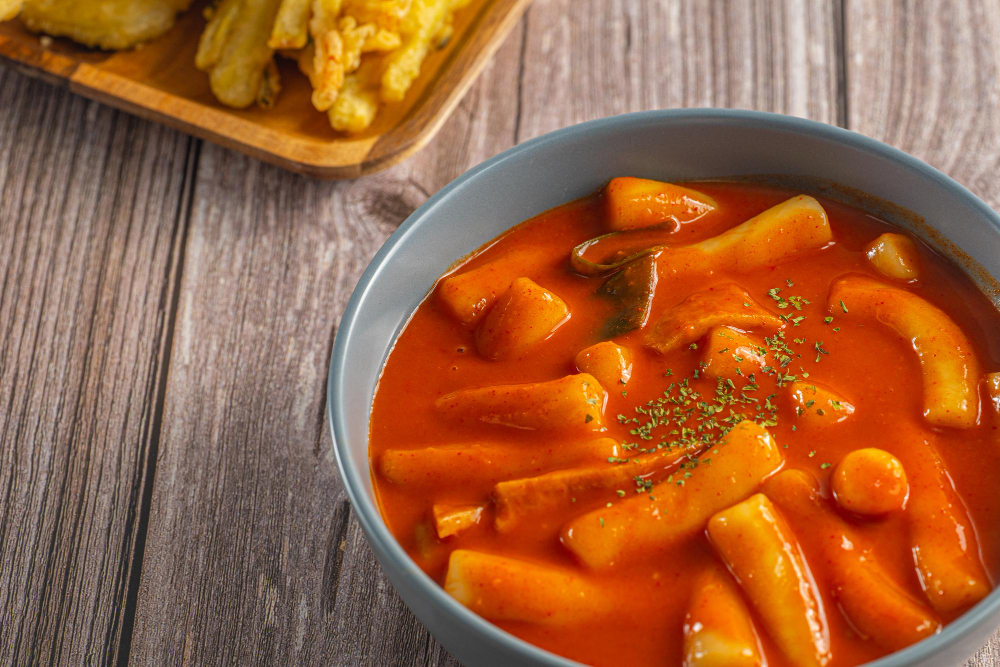
Tteokbokki is a beloved Korean street food made from chewy rice cakes simmered in a sweet and spicy gochujang-based sauce.
The dish has a bold and addictive flavor, making it a favorite among those who enjoy a bit of heat in their food.
At first, some foreigners may be hesitant to try tteokbokki due to its spiciness.
However, many variations exist, such as cheese tteokbokki, seafood tteokbokki, and cream-based tteokbokki, allowing people to adjust the spice level to their preference.
In Korea, it is common to enjoy tteokbokki alongside kimbap (Korean seaweed rice rolls), a combination that provides a satisfying balance of flavors and textures.
Additionally, “instant tteokbokki”—cooked fresh at the table—is a unique dining experience that many visitors find fun and memorable.
4. Kimbap – A Convenient and Tasty Grab-and-Go Meal
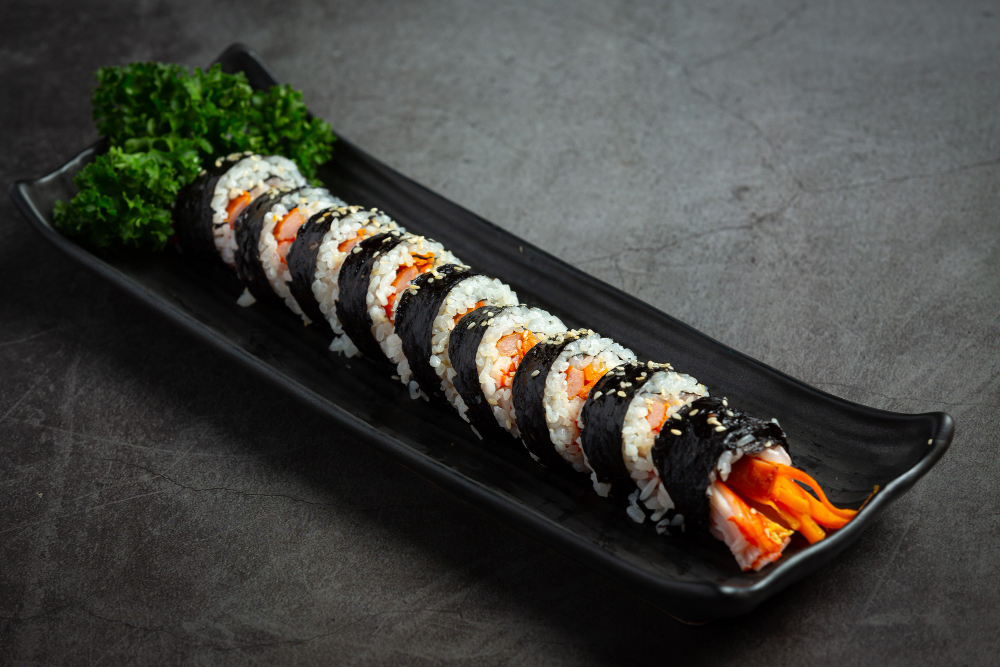
Kimbap is a Korean-style rice roll wrapped in seaweed, filled with a variety of ingredients such as rice, egg, pickled radish, carrots, spinach, and meat.
It may look similar to sushi rolls, but its flavor profile is quite different due to the seasonings used in the rice and fillings, which create a unique and savory taste.
Kimbap is easy to eat, as it is sliced into bite-sized pieces, making it a perfect on-the-go meal for travelers or people with busy schedules.
There are also many variations, including tuna kimbap, cheese kimbap, bulgogi kimbap, and the famous Chungmu kimbap (served with spicy radish and squid salad).
Because of its portability, affordability, and delicious taste, kimbap is a favorite among both locals and foreigners.
5. Gamjatang – Hearty and Flavorful Pork Bone Soup

Gamjatang, or pork bone soup, is a rich and savory stew made by boiling pork backbone with potatoes, perilla seeds, and napa cabbage in a spicy broth.
The slow-cooked pork becomes incredibly tender, making it easy to pull apart with chopsticks and enjoy with rice.
Foreign visitors often find it fascinating how such soft, flavorful meat is served in a hearty soup.
The bold, slightly spicy broth combined with well-cooked vegetables and bone-in pork creates a deep, comforting flavor that makes gamjatang a perfect meal, especially in colder months.
Additionally, many locals mash the potatoes into the soup for a creamier texture and finish the meal by stir-frying rice in the remaining broth, a technique that surprises and delights many foreigners experiencing Korean food culture for the first time.
One of the reasons foreigners love Korean food is the interactive and communal dining experience.
Whether it’s grilling samgyeopsal at the table, mixing bibimbap, or cooking instant tteokbokki, Korean cuisine is not just about taste—it’s about the fun and culture that come with the meal.
Additionally, traditional fermented foods like kimchi and doenjang (fermented soybean paste) may taste unfamiliar at first,
but many foreigners eventually develop a taste for them and begin to appreciate their unique depth of flavor.
Korean food is more than just food to satisfy hunger; it’s an experience that reflects Korea’s rich history and vibrant culture.
For many international tourists, tasting Korean food is a gateway to a deeper understanding of Korea.
We hope you enjoy your trip to Korea with a K-ETA, and that you will fall in love with Korean food and come back for more.





